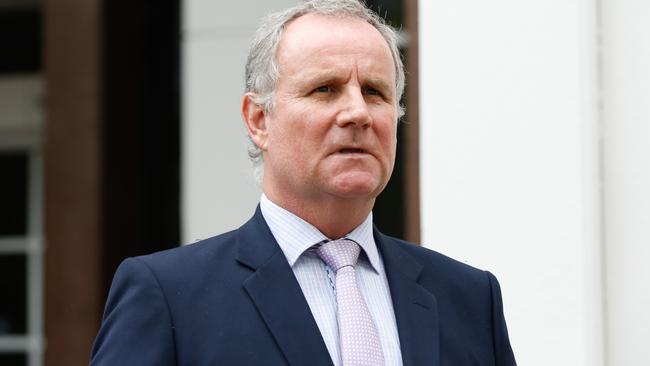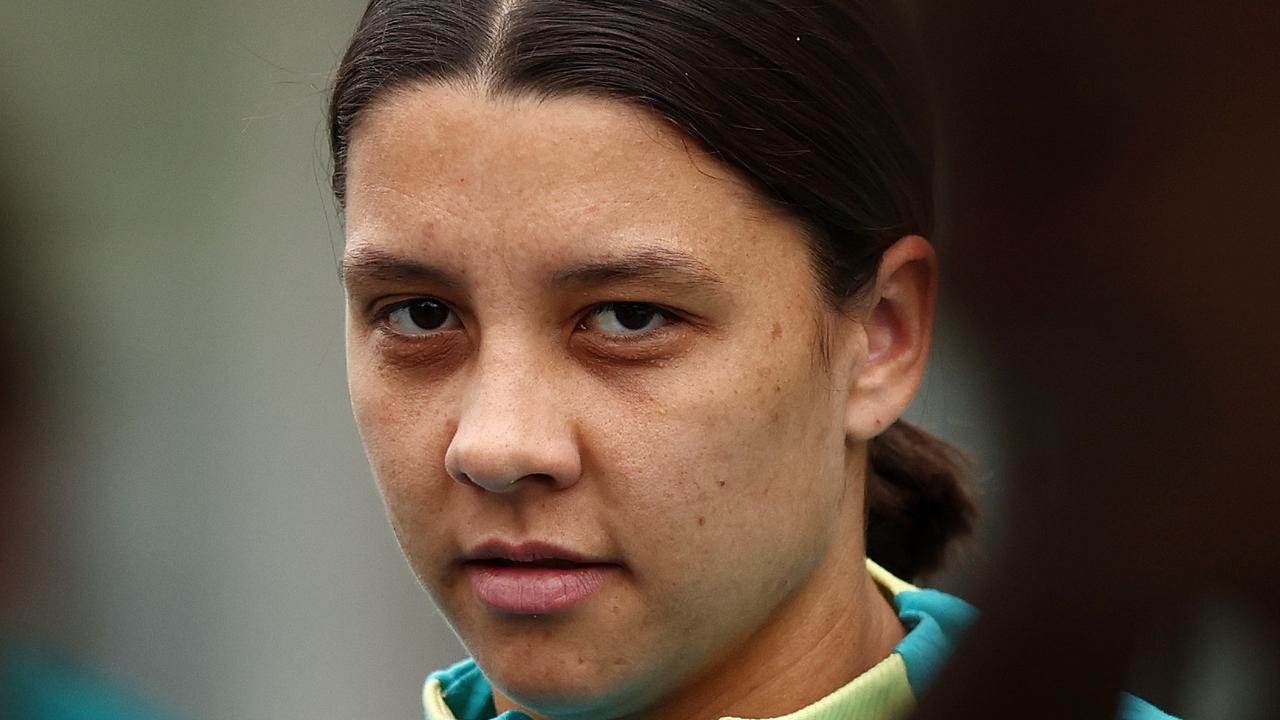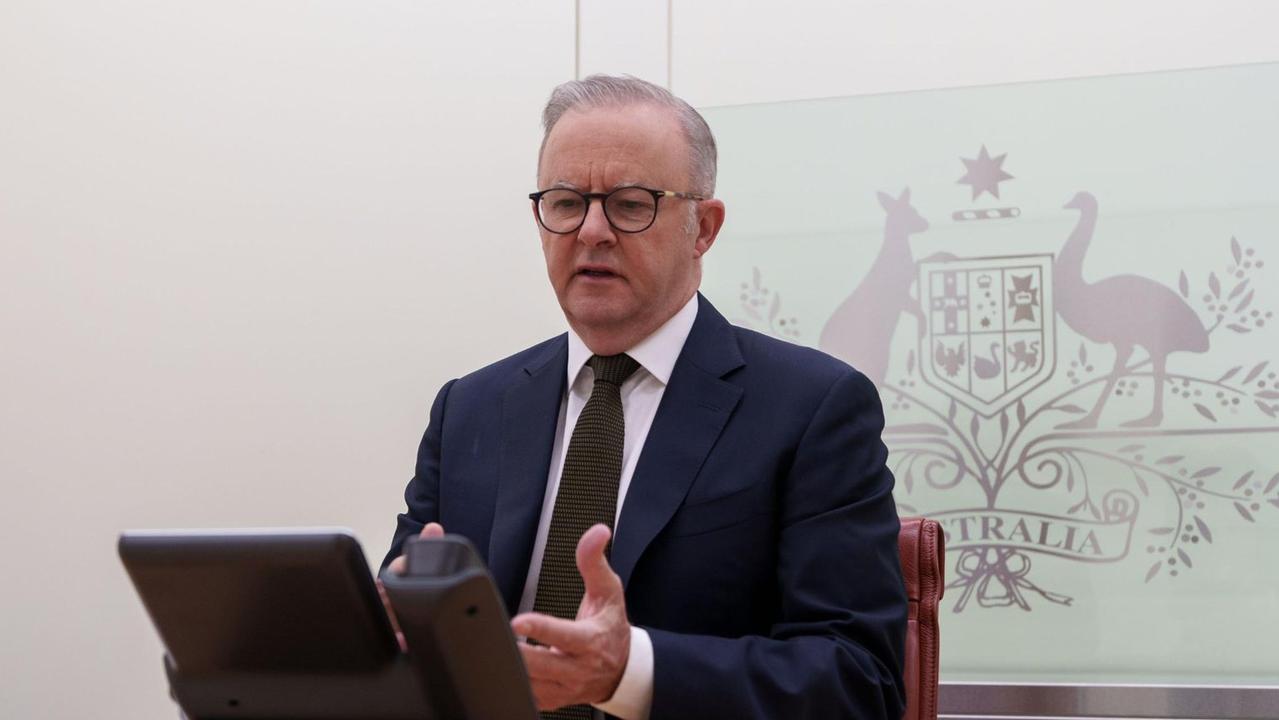MATT CUNNINGHAM: The truth is too costly
FEAR of treading on toes or damaging a PR image has kept the NT’s children in harm’s way for far too many years. MATT CUNNINGHAM writes

Opinion
Don't miss out on the headlines from Opinion. Followed categories will be added to My News.
IMAGINE for a second that you’re sitting in the Royal Commission into Institutional Responses to Child Sex Abuse. Imagine that a witness takes the stand who has decades of knowledge about the subject matter. His reputation is tarnished somewhat, due to an unrelated scandal while he was involved in politics, but he is of otherwise sound mind and judgment. Imagine that witness tells the commission of his strongly held beliefs that young girls are being sexually abused by older men. Imagine if there is documentation that shows this had not only taken place, but that authorities had willingly turned a blind eye to this abuse because they believed that religion should take precedence over the welfare of a child. What would follow? It’s fair to assume the commission would seek more evidence; that they would follow this up to determine the extent of the abuse. They might even seek to determine if there were matters that needed to be referred to the police. Politicians would no doubt make statements condemning what they had heard and demanding justice for the victims. There would almost certainly be widespread national media coverage. In fact, it’s hard to imagine a story like this not leading every major TV news bulletin and newspaper in the country.
This particular story, of course, didn’t happen; at least not at the Royal Commission into Institutional Responses to Child Sex Abuse. But something very similar did happen at another Royal Commission. On June 28 last year, former NT child protection minister John Elferink told the NT Royal Commission into the Protection and Detention of Children of his concerns that underage girls were living and sleeping with older men, and that such behaviour was being allowed because it was accepted cultural practice. So how did the commission respond? The answer to that question tells you everything you need to know about an inquiry that decided before it began exactly who the heroes and villains were going to be.
First, counsel assisting Peter Callaghan SC went on the attack, trying to discredit what the commission was being told.
“Is that where we are left? That it’s your anecdotal experience that’s the source?” he scoffed, not resisting the opportunity to take a pot-shot at the NT News in the process.
“We’ve got anecdotal, we’ve got the NT News. Is there anything else?”
Elferink tried to explain his long experience living and working in the Northern Territory, including his time as a police officer in remote communities, but the Sydney silk was having none of it.
“Of course. Look, we get it. Okay. The anecdotal evidence that you’ve got through your life experience, we get it,” he snarled.
Commissioners Margaret White and Mick Gooda were also quick to try to discredit what they were being told.
“Mr Elferink, it’s the case that with the assistance of CICAYDAS, an organisation that has been funded particularly to go into the communities and go into as many communities as many stories can be gathered, the evidential base from the hundreds of stories that have been recorded and reported doesn’t support your anecdotal evidence,” Commissioner White said.
Commissioner Gooda went further: “I’ve heard Aboriginal people say, ‘We need to take responsibility here.’ I’ve heard people say, ‘We can’t blame the state any more for this. We’ve got to take responsibility as parents’. Not once have they mentioned underage marriage.”
Commissioner White and Mr Callaghan expressed concern that the inquiry was hearing this evidence so late in piece, but as Mr Elferink rightly pointed out, he was not the one setting the timetable. And, apart from a few cheap jibes from “human rights” lawyers that Elferink was simply trying to demonise Aboriginal men, that appears to be where the attempts to verify the evidence ended.
Of course, anyone who has lived in the Territory for more than a few years would have known that there was more evidence to back up Elferink’s claims.
And that evidence is not just anecdotal. This week it was revealed that former Department of Children and Families chief executive Jodeen Carney had written a memo to all child protection staff in November 2014 reminding them that the rights of a child must come before cultural concerns. That memo was sent after an executive director sanctioned a manager’s decision to allow an underage girl to live and sleep with an older man. Carney ordered social anthropologist Jane Lloyd to undertake a review. Her report, delivered in September 2015, found some staff believed culture should be given “unmoderated priority over child protection concerns”. No-one has been able to say if Carney’s memo or Lloyd’s report were among the more than 850,000 Government documents handed over to the Royal Commission. If they weren’t, then you have to wonder why $16 million of NT taxpayers’ money was spent on that document retrieval process. If they were, you’d have to ask why they didn’t seem to pique the interest of those running an inquiry called to ensure children are protected from abuse. The issue didn’t get a mention in the Royal Commission’s extensive findings and recommendations. Nor did Lloyd’s claim that fears of being branded racist, or of creating another Stolen Generation, had made child protection workers reluctant to remove abused or neglected children. Yet when Families Minister Dale Wakefield fronted the media pack on Thursday to announce the Government’s response to the Royal Commission, there were few questions about the hundreds of findings and recommendations relating to youth detention. Most people wanted to know how a two-year-old girl who was raped in Tennant Creek had been allowed to stay in a dangerous environment despite 20 notifications being made to child protection agencies. Unfortunately, a $70 million inquiry into the protection of children — and the Government’s subsequent response — offers few answers to this question.


